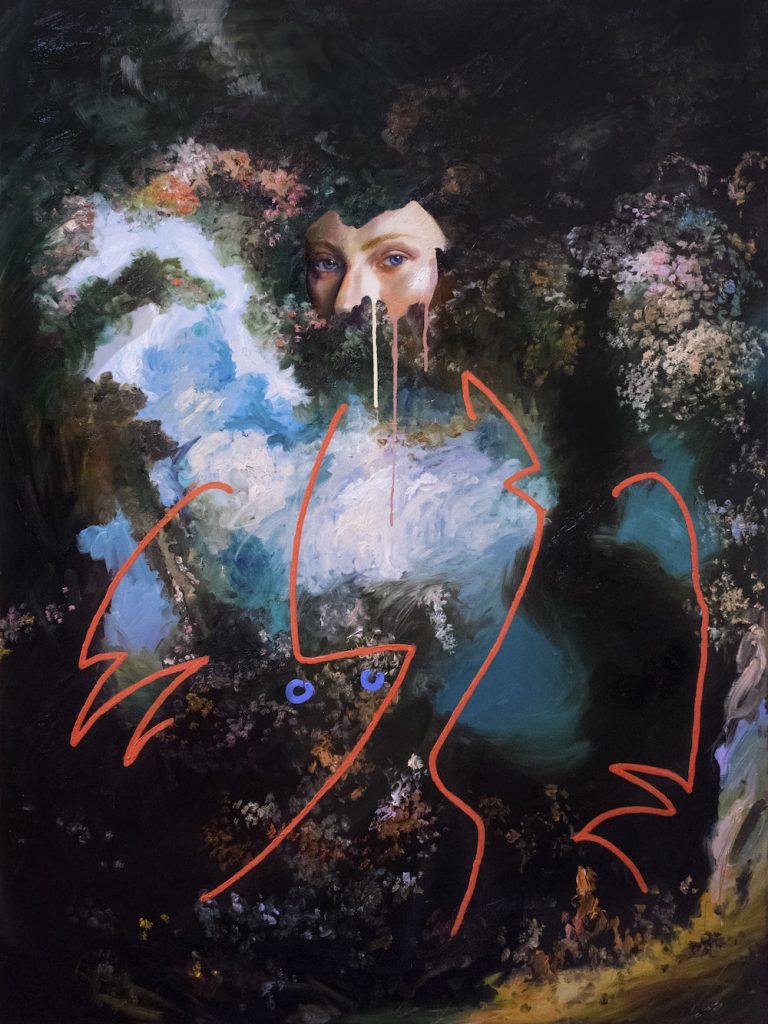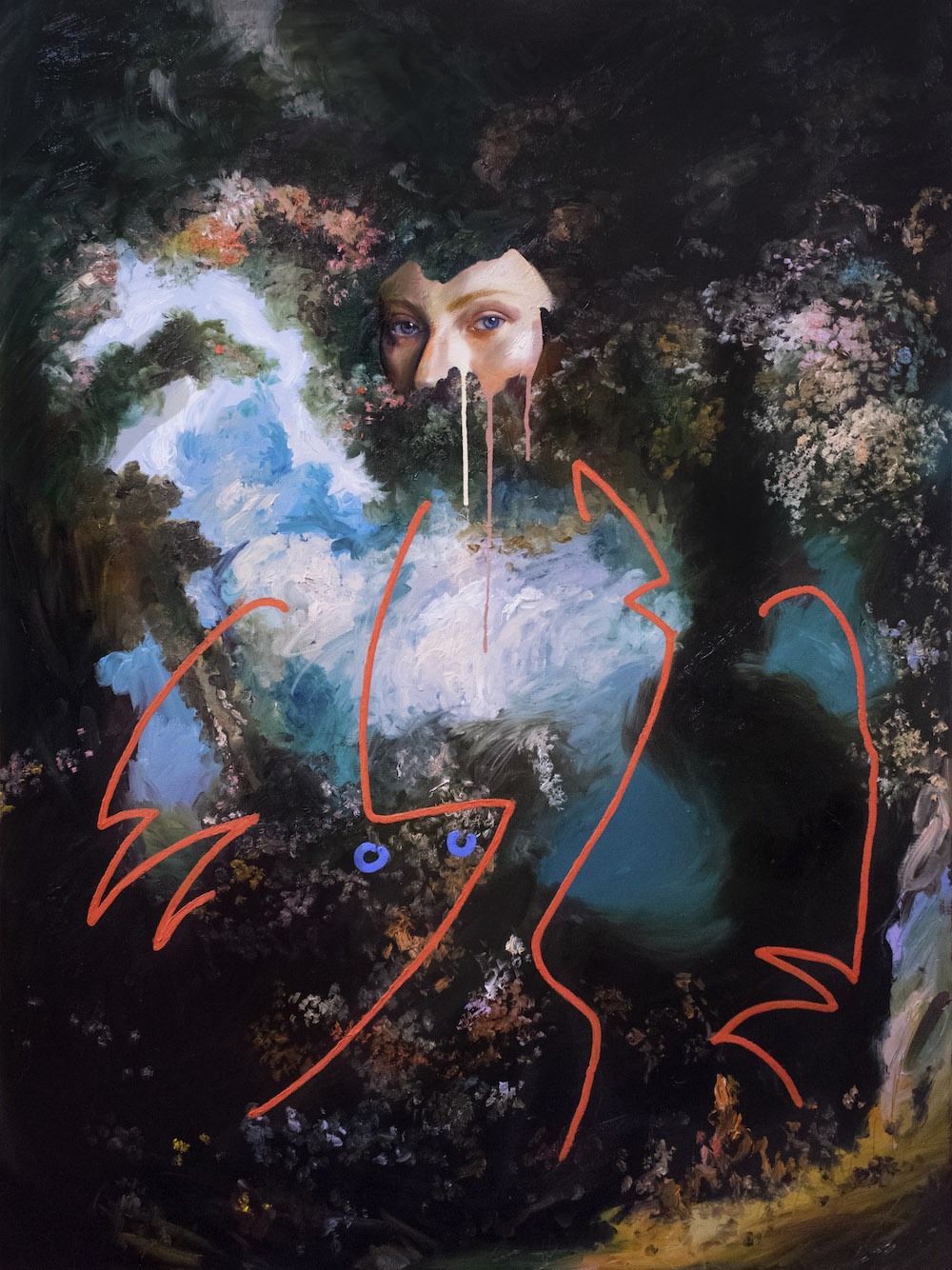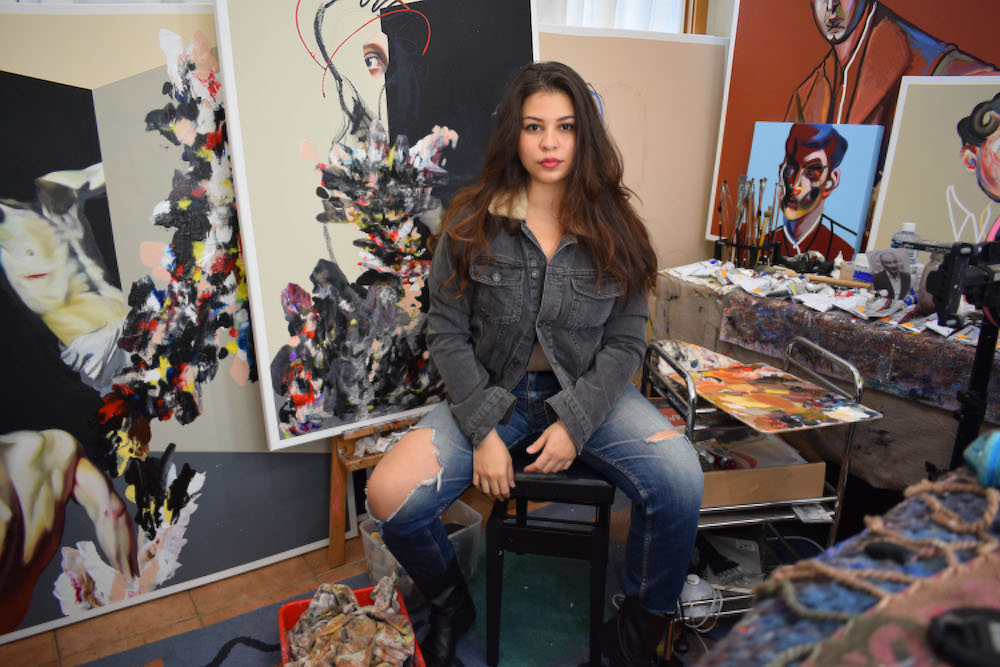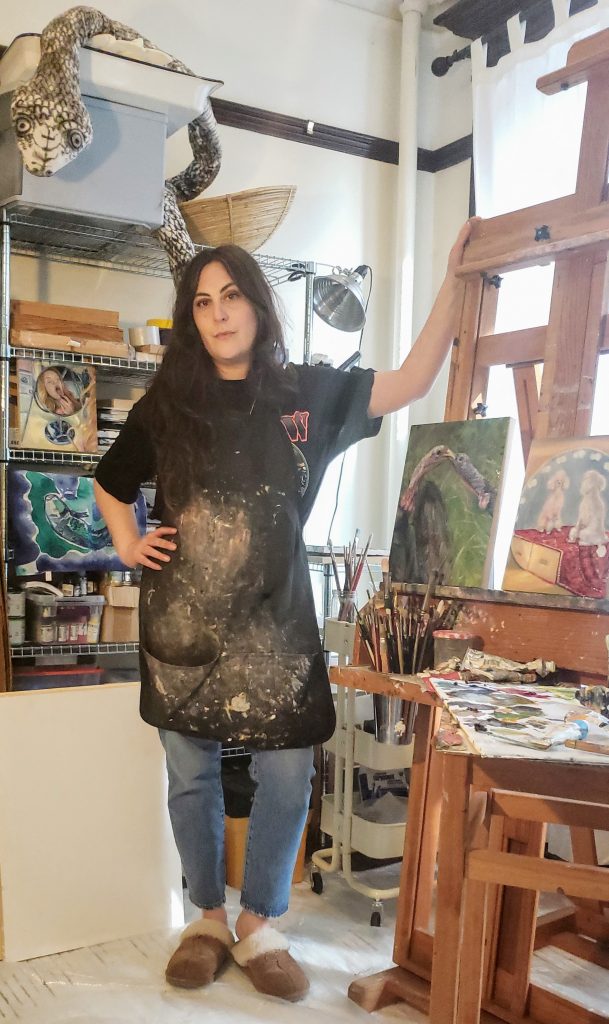Love, Death, and the Time I Knew You: Introducing Loribelle Spirovski

Art has always been a constant presence in Loribelle Spirovski’s life. What has evolved over the years is not its existence in her life as a painter, but the methods, mediums and forms it has taken. There were Play-Doh roses she made at age five, to the candle-wax snowmen she moulded at age seven, and in later years painted portraits of her loved ones. Those portraits continue to be a creative inspiration for the Australian-based painter. She also paints those she comes across in daily life, in societal culture, magazines, music and film. Where the contemporary artist’s early works were rooted within realism and photorealism, this has since evolved into a more surrealist practice as she began to explore emotive expression with her brushstrokes. Ahead of the artist’s first London exhibition at the HOFA Gallery entitled Love, Death, and the Time I Knew You, Loribelle Spirovski (who is of Serbian-Filipino descent) speaks to FRONTRUNNER about her career and the roles that her heritage and upbringing play in her practice.
How were you first drawn to art?
I was always making things as a child and I’m a very visual learner. The career was something that I fell into accidentally after attending university to train to become an art teacher. After discovering that I didn’t want to pursue a career teaching art, I started to teach myself to paint and soon began to receive commissions. Then, I started to enter art prizes and soon after began to exhibit.

Homme 163 (2019)
Oil and acrylic on linen
122 x 92 cm
Courtesy of the artist and HOFA Gallery (London/Los Angeles/Mykonos)
When did you realise that you were able to make a career within the art world?
As soon as I realised that there was a demand for my work. Not to mention the incredibly encouraging responses from people around the globe via platforms like Instagram. Plus, it helps that I’m obsessed with it.
You talk about your mixed cultural background playing a role in your work? Why do you think this has been the case, and how is it reflected in your work?
I think I’m naturally drawn to disparate elements of art history, and feel compelled to combine them in unexpected ways. Growing up in the Philippines exposed me to European culture indirectly through the vestiges of the Spanish influence in that country. Eventually meeting my father, who is Serbian, and moving to Australia which is in itself a cultural melting pot, further reinforced the idea of combining different aesthetic modes. These manifested naturally in my work.

Harpy (2019)
Oil on linen
122 x 92 cm
Courtesy of the artist and HOFA Gallery (London/Los Angeles/Mykonos)
You talk about the human form being central to your work, what drew you to the human form as a subject?
Interestingly, as a kid, I always preferred sculpture and as a teenager preferred collage, graduating to experimental mixed-media works in university. It was only when I was teaching myself how to paint and looking back on masters of painting that I discovered that portraiture was the thing that I kept being drawn towards time and again.
How do you treat that form?
This is something that I tend to approach on a case by case basis. If I’m doing a specific portrait of someone, I tend to approach the style in a way that best captures their personality, however, if I’m doing more figurative works, I tend to take liberties in abstracting the person’s face and form, often changing genders and facial features until they take on new identities.

Image courtesy of the artist
Who do you draw your inspiration from in terms of the figures you choose in your work? Are they anyone you know or is it the form that interests you the most?
Like Egon Schiele and Francis Bacon before me, I am often drawn to people close to me, so my husband is a frequent subject among others. However, what I often like to do is work from magazines and found images such as film stills and modify and abstract the faces from there.
How has work has evolved over the years?
Because I’m self-taught, I approach every series as a new experiment and a new lesson, moving closer and closer toward a kind of visual language that I feel best communicates how I connect to the world and those around me. I’m a voracious reader and viewer of films and listener of music so these will always seep into my work, often in unexpected ways.

The Solipsist (2019)
Oil and acrylic on linen
122 x 92 cm
Courtesy of the artist and HOFA Gallery (London/Los Angeles/Mykonos)








